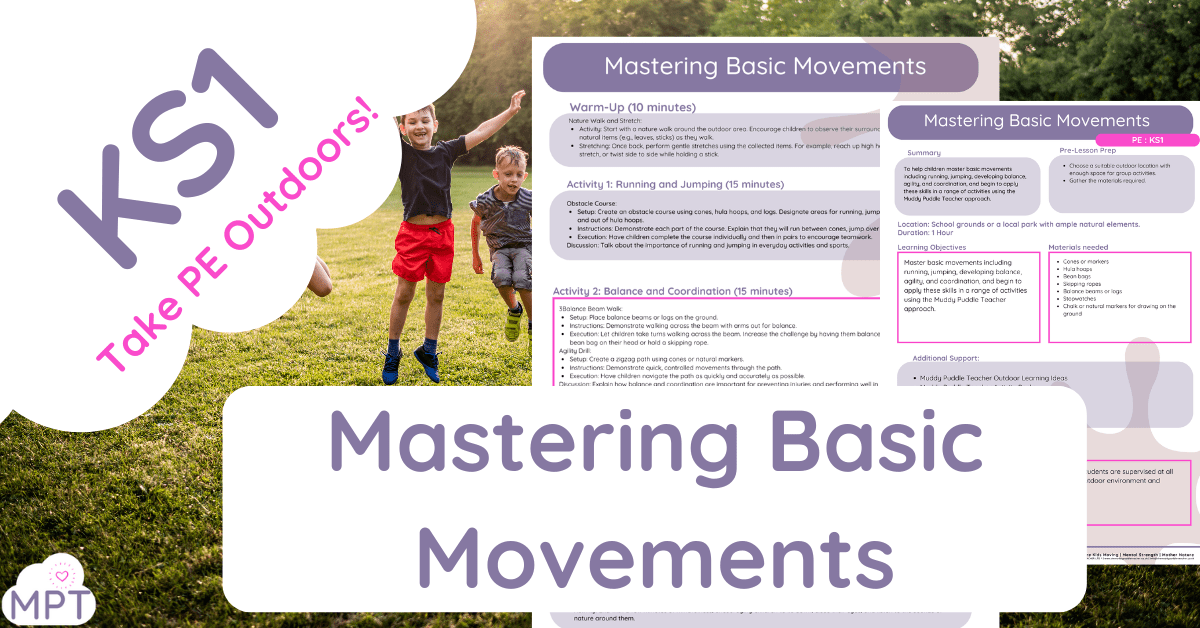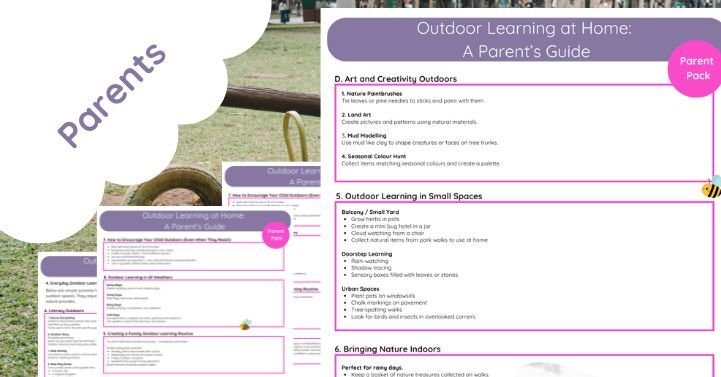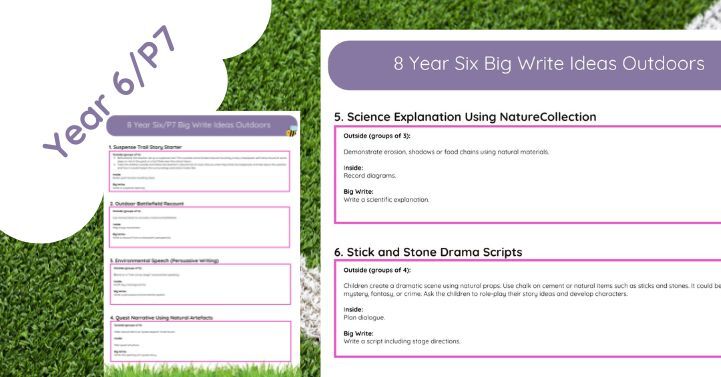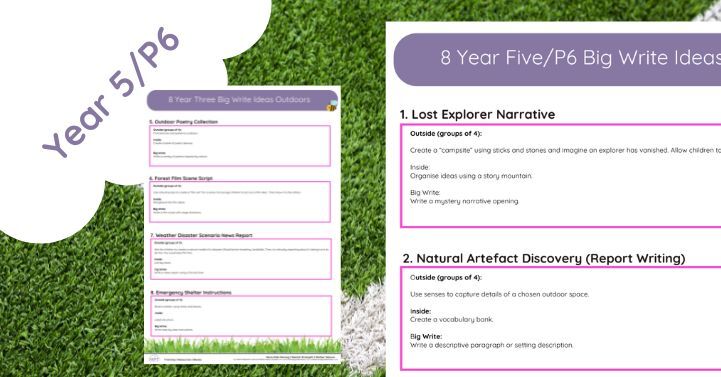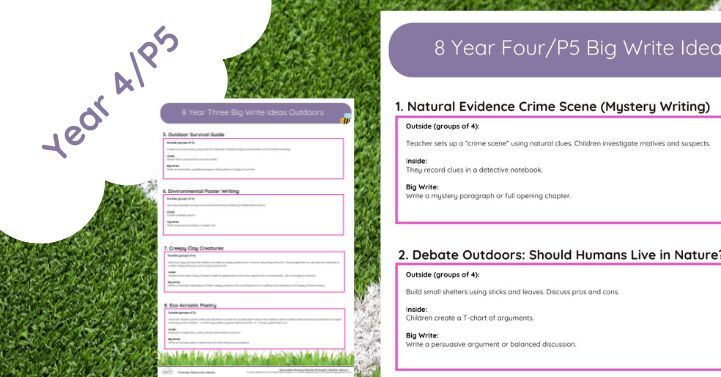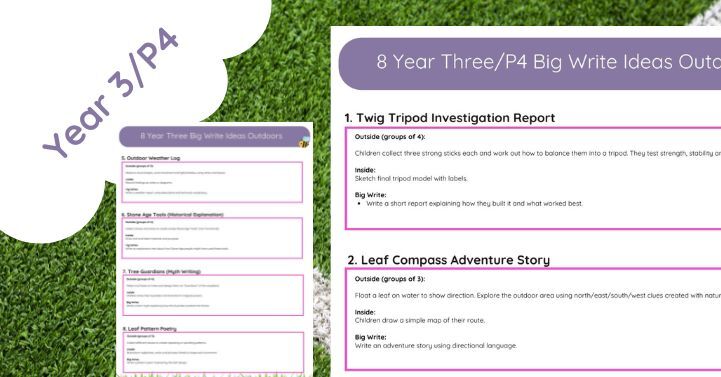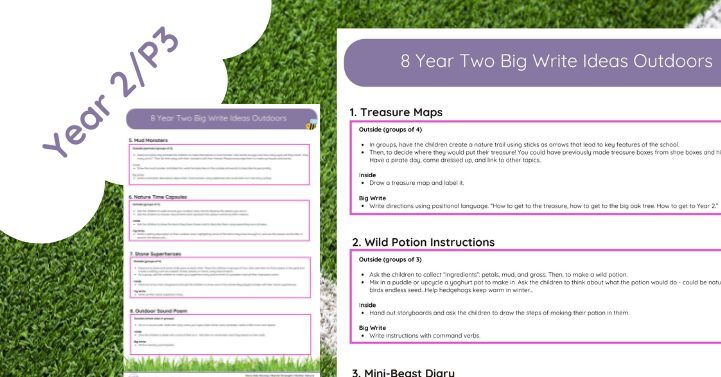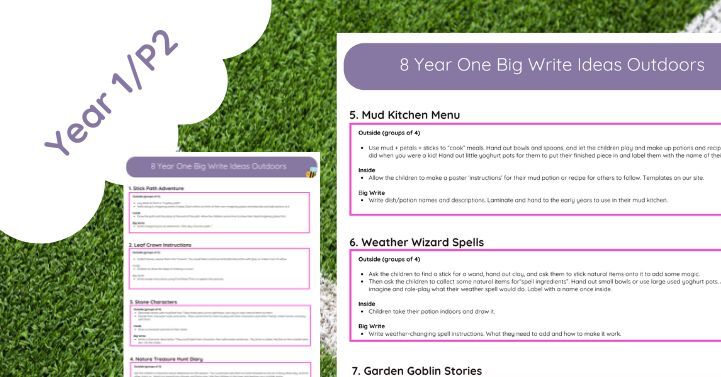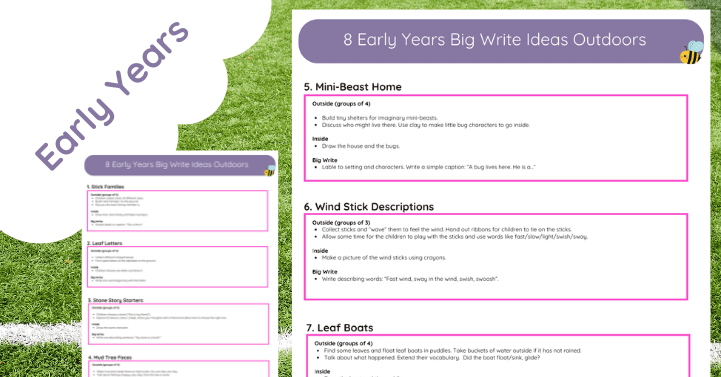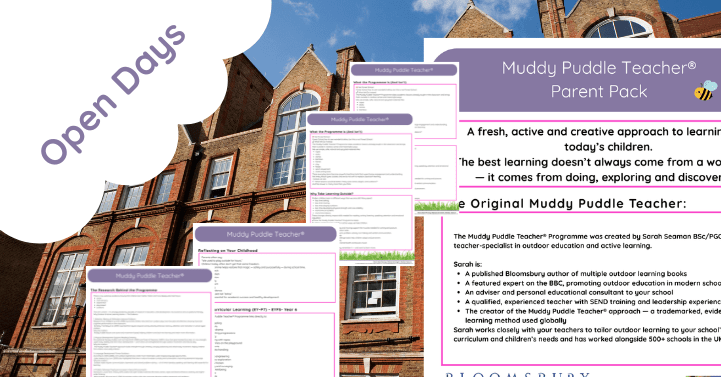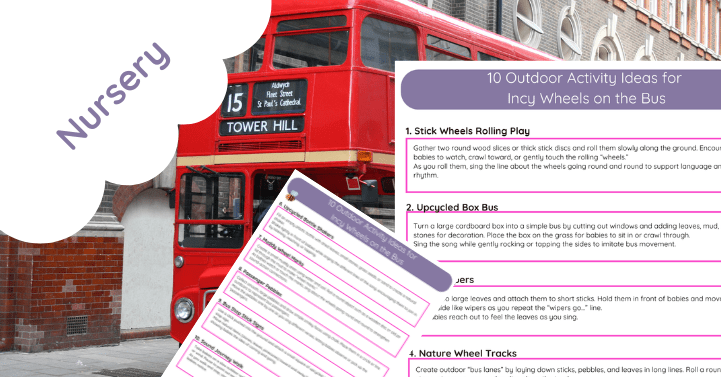Master Basic Movements in PE for KS1
Physical Education (PE) is a vital part of the KS1 curriculum, focusing on helping children master basic movements including running, jumping, developing balance, agility, and coordination. These foundational skills are crucial for their overall physical development and health. Using engaging activities and the outdoor environment can make mastering these movements a fun and enriching experience.
Importance of Basic Movements
Mastering basic movements helps children improve their physical fitness, coordination, and overall well-being. These skills are also essential for participating in various sports and activities as they grow older.
Key Movements to Master
1. Running
- Why it’s important: Running improves cardiovascular health, leg strength, and endurance.
- Activities: Relay races, tag games, and obstacle courses.
2. Jumping
- Why it’s important: Jumping enhances leg strength, coordination, and balance.
- Activities: Hopscotch, jump rope, and hurdles.
3. Balance
- Why it’s important: Balance is crucial for coordination and injury prevention.
- Activities: Balance beams, single-leg stands, and yoga poses.
4. Agility
- Why it’s important: Agility helps with quick movements and directional changes.
- Activities: Zigzag runs, agility ladders, and cone drills.
5. Coordination
- Why it’s important: Coordination improves the ability to perform complex movements smoothly.
- Activities: Ball games, bean bag toss, and catching drills.
Fun Activities to Develop Basic Movements
1. Obstacle Courses
- Create courses that include running, jumping, balancing, and agility tasks.
- Obstacle Course Ideas
2. Relay Races
- Organize races that require children to pass a baton, jump over hurdles, and weave through cones.
- Relay Race Activities
3. Balance Games
- Use balance beams, logs, or even chalk lines to practice walking in a straight line.
- Balance Activities
4. Jumping Challenges
- Set up hopscotch grids, jumping rope sessions, and leapfrog games.
- Jumping Games for Kids
5. Agility Drills
- Use cones to create zigzag paths, and set up ladder drills to enhance footwork.
- Agility Drills for Kids
Integrating the Muddy Puddle Teacher Approach
The Muddy Puddle Teacher approach emphasizes outdoor learning and using natural materials to enhance the educational experience. Here’s how you can integrate it into your PE lessons:
1. Nature Walk Warm-Ups
- Begin each PE session with a nature walk to warm up and explore the environment.
- Benefits of Nature Walks
2. Outdoor Obstacle Courses
- Use logs, stones, and sticks to create natural obstacle courses.
- Outdoor Obstacle Course Ideas
3. Balance Beams and Logs
- Use fallen logs or balance beams to practice balancing skills.
- Balance Beam Activities
4. Scavenger Hunts
- Incorporate scavenger hunts that require running, jumping, and balancing to find items.
- Scavenger Hunt Ideas
5. Natural Materials for Coordination Games
- Use leaves, sticks, and stones for coordination games like bean bag toss or target practice.
- Nature Games for Kids
Additional Resources from Muddy Puddle Teacher
Explore more activities and lesson plans from Muddy Puddle Teacher to enhance your PE lessons:
Conclusion
Mastering basic movements in KS1 through engaging and fun outdoor activities helps children develop essential physical skills that will benefit them throughout their lives. Using the Muddy Puddle Teacher approach not only makes these lessons enjoyable but also connects children with nature, enhancing their overall learning experience. For more ideas and resources, check out the links provided and make your PE lessons a memorable adventure.


